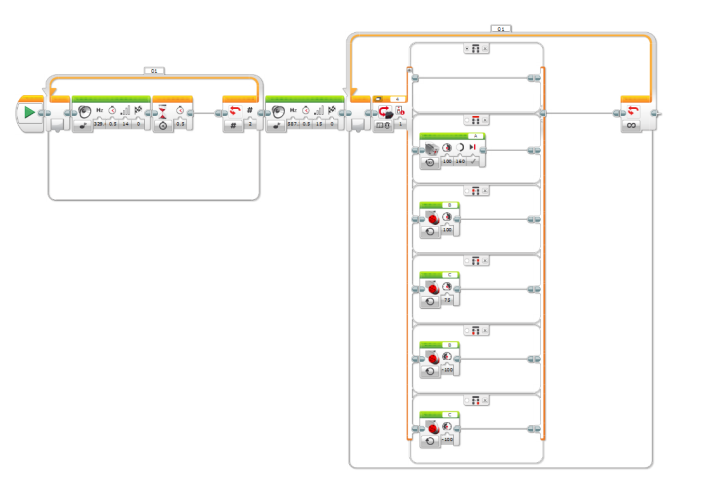We designed the track fully and did the final testing in this week.
The track is designed that there are 3 different coloured tracks of differing widths depending on the difficulty. The narrower the track, (as defined by the colour), the higher the multiplier that is applied to the points that are gained per balloon popped.
This is also when we planned our testing. We decided upon a cut down version of what we needed to test, (i.e. the sensors and ease of control). The would be completed in the next week.


